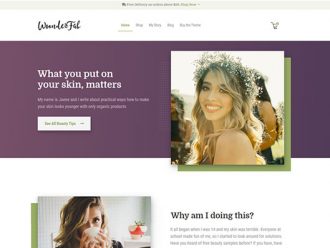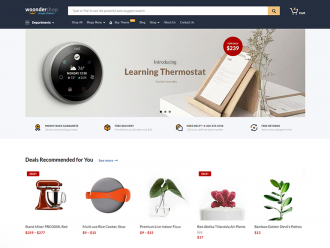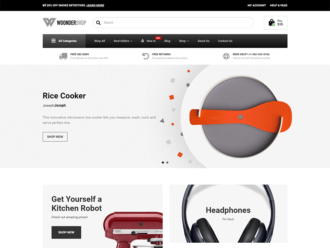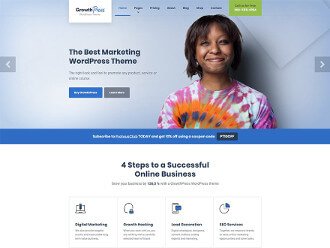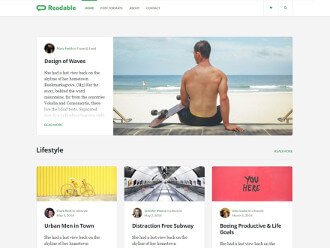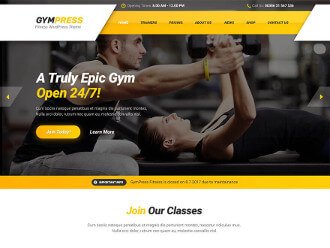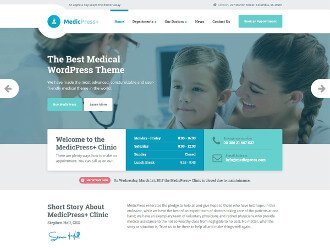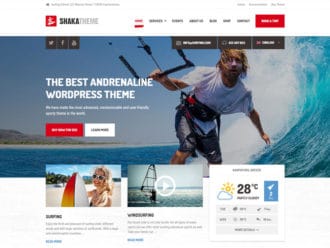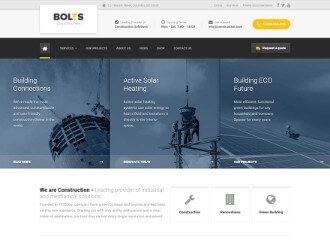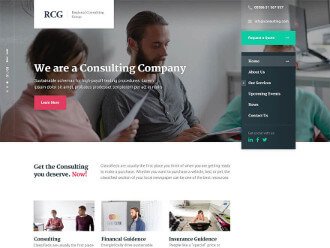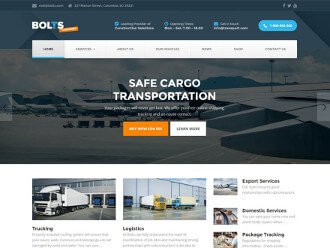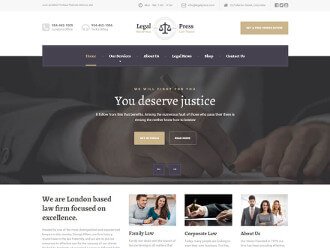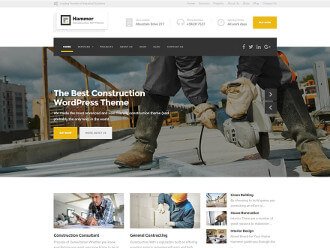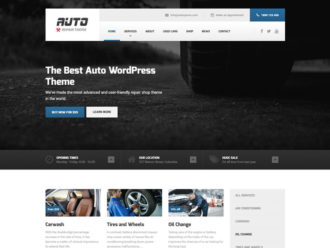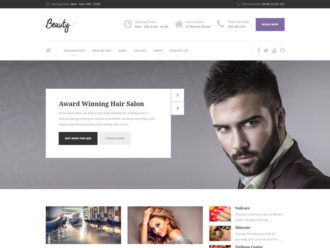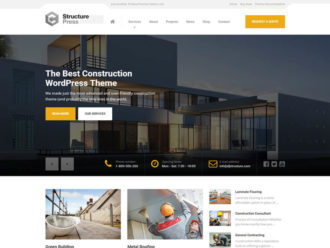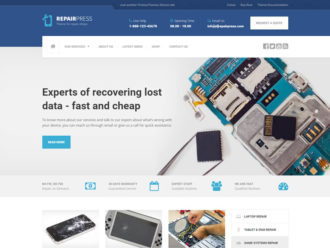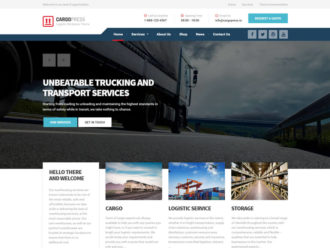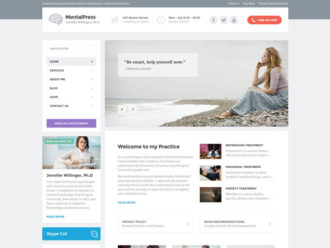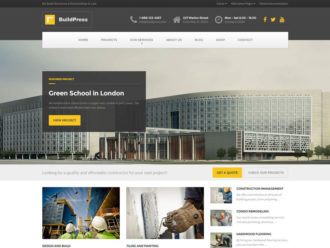Selecting the right WordPress theme is a crucial step in the web development process. For many developers, purchasing a theme can significantly abbreviate both the design and development phases.
Themes offer a pre-built framework that can minimize costs and accelerate project completion. This article explores the advantages of using a WordPress theme versus custom design and development, and provides a comprehensive guide to choosing the right theme for your project.
Advantages of Using a WordPress Theme
One of the primary reasons developers opt for a WordPress theme is to save time and money. Custom designing and developing a website from scratch can be a lengthy and expensive process. Themes offer a ready-made solution that can be customized to fit the client’s needs, allowing developers to deliver high-quality websites more efficiently. Additionally, themes often come with a range of features and design options that can enhance the final product without the need for extensive coding.
Key Considerations for Choosing a Theme
When selecting a WordPress theme, several factors must be taken into account to ensure it aligns with your project requirements. Here are the main considerations:
- Underlying Builder Technology
Different themes are built using various page builders such as Elementor, Divi, and SiteOrigin. Each builder has its own set of pros and cons. For instance, Elementor is known for its user-friendly interface and extensive library of widgets, while Divi offers robust customization options and a strong community of users.
- Elementor: Pros include ease of use and a large selection of widgets. Cons include potential performance issues with complex layouts.
- Divi: Pros include powerful customization and a strong community. Cons include a steeper learning curve and higher cost.
- SiteOrigin: Pros include being lightweight and free. Cons include fewer features and less intuitive interface.
It’s also crucial to consider the future support and updates for the builder. A well-supported builder will continue to receive updates and improvements, ensuring compatibility with the latest WordPress versions. Additionally, choosing a builder that is widely known can make it easier to find developers who are familiar with it, simplifying future customization and maintenance.
- Theme Features
Identifying the necessary content modules for your client’s website is essential. Does the theme need to include sliders, blog widgets, or e-commerce capabilities? While feature-rich themes can be appealing, sometimes simpler is better. A theme that includes only the features you need can result in a cleaner, faster-loading website.
Evaluate the theme’s feature set and ensure it meets the specific needs of your project. Avoid the temptation to choose a theme with excessive features that you don’t need, as this can complicate the development process and affect site performance.
- Theme Aesthetics
A theme’s visual appeal is often a major factor in the selection process. Themes are meticulously designed with specific color schemes, fonts, and images to create a strong visual impact. However, once you start customizing these elements, the final product may not look as impressive as the demo.
To mitigate this concern, it’s advisable to test the theme before purchasing. Some theme developers, like ProteusThemes, offer a free trial of any theme where you can make updates to a live site before committing to a purchase. This allows you to experiment with different customizations and ensure the theme will meet your visual and functional expectations.
- Knowing Limitations
Themes often come with custom widgets and elements designed to manage front-end content. While these can be very useful, they can also impose limitations. Some changes may be more difficult to implement than initially expected due to the way the theme is structured.
Understanding the limitations of a theme before making a decision is crucial. Read reviews, explore the theme’s documentation, and if possible, contact the theme developer with any specific questions or concerns you have.
Tips for Choosing the Right Theme
To help you choose the right theme for your project, consider the following tips:
- Research Builder Technologies: Investigate the different builder technologies and their support. Ensure the builder is well-supported and will continue to receive updates.
- List Essential Features: Determine which features are essential for your project and prioritize simplicity. Avoid themes with unnecessary features that can bloat your site.
- Test Themes: Utilize free trials or sandbox environments to test themes before purchasing. This can help you identify any potential issues and ensure the theme meets your needs.
- Consider Maintenance and Customization: Think about the long-term maintenance and customization requirements. Choose a theme that will be easy to update and modify as needed.
- Seek Feedback: Reach out to other developers and clients who have used the theme. Their insights can provide valuable information and help you make an informed decision.
Choosing the right WordPress theme is a critical step in the web development process. By carefully considering the underlying builder technology, theme features, aesthetics, and limitations, you can select a theme that not only meets your project requirements but also provides a solid foundation for future growth and customization.
Remember to leverage the ability to test themes before buying. This approach can help you make a well-informed decision and avoid potential pitfalls.
